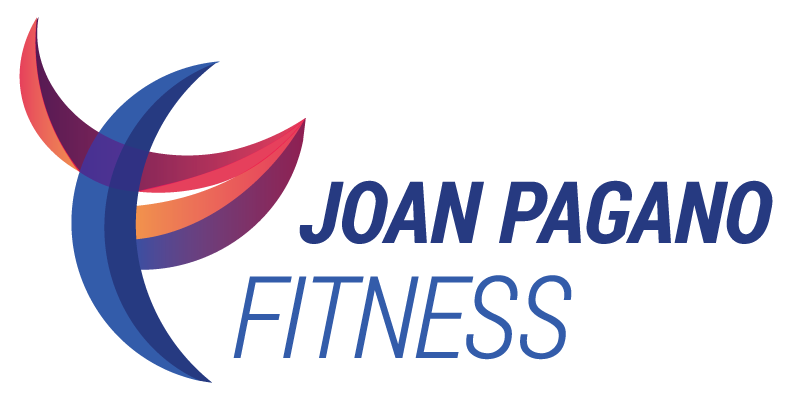Bridge Exercise for Glutes
What is the bridge exercise for glutes?
The bridge exercise for glutes is a simple bodyweight exercise that strengthens the back side – the “posterior chain” – glutes, hamstrings, and spinal erectors. It activates the glutes to prevent “dormant butt” syndrome, and builds core stability
The bridge exercise for glutes activates the backside of the body to prevent dormant butt syndrome.
What is dormant butt syndrome?
Dormant butt syndrome refers to underactive glutes, a consequence of the aging process and sedentary lifestyles. The gluteals are the largest muscle group in the body (gluteus maximus, medius, and minimus). With age, they naturally atrophy, losing strength and size.
This de-conditioning, combined with too much sitting, causes a loss of muscle and declining stability in the lower body. Dormant butt syndrome may cause knee, hip, and back pain as the muscles and joints absorb stress from the loss of glute strength.
Benefits of the bridge exercise
Activates the glutes, hamstrings, spinal muscles, and core
Improves hip mobility and lower back strength
Increases core stability
Requires no equipment and minimal space
Supports the spine fully, safe for osteoporosis
Step by step technique for performing the movement
As you activate the glutes by pushing through the heels and lifting your hips, the goal is to roll sequentially through the entire spine, mobilizing the vertebral joints from top to bottom.
1) Lie on your back with your knees bent, legs hip distance apart, feet pointing forward. Rest your arms by your sides.
2) Do a pelvic tilt, connecting your low back to the floor.
3) Starting at the base of your spine, push through your heels, peeling your back off the floor, one vertebra at a time, until your body is in a straight line from knees to shoulders.
4) As you release down, pay special attention to rolling through the curve in the low back, touching down one vertebra at a time.
Variations on the bridge exercise
1) To engage the inner thighs, squeeze a soft ball or pillow between your knees as you perform the movement.
2) To target the outer thighs, use a wide stretch loop above your knees and abduct the thighs in the raised position.
3) To work the same muscles in a weight-bearing exercise, do the hip hinge. Weight-bearing exercise is the best for maintaining bone density.
Related articles: The Best Glute Exercises, Exercises for Osteopenia of the Hip
For step-by-step strength training exercises, plus expert tips on how to perform them, see Strength Training Exercises for Women by Joan Pagano (DK Publishing, 2014).
Disclaimer: The information presented in this article should not be construed as medical advice. It is not intended to replace consultation with your physician or healthcare provider.
